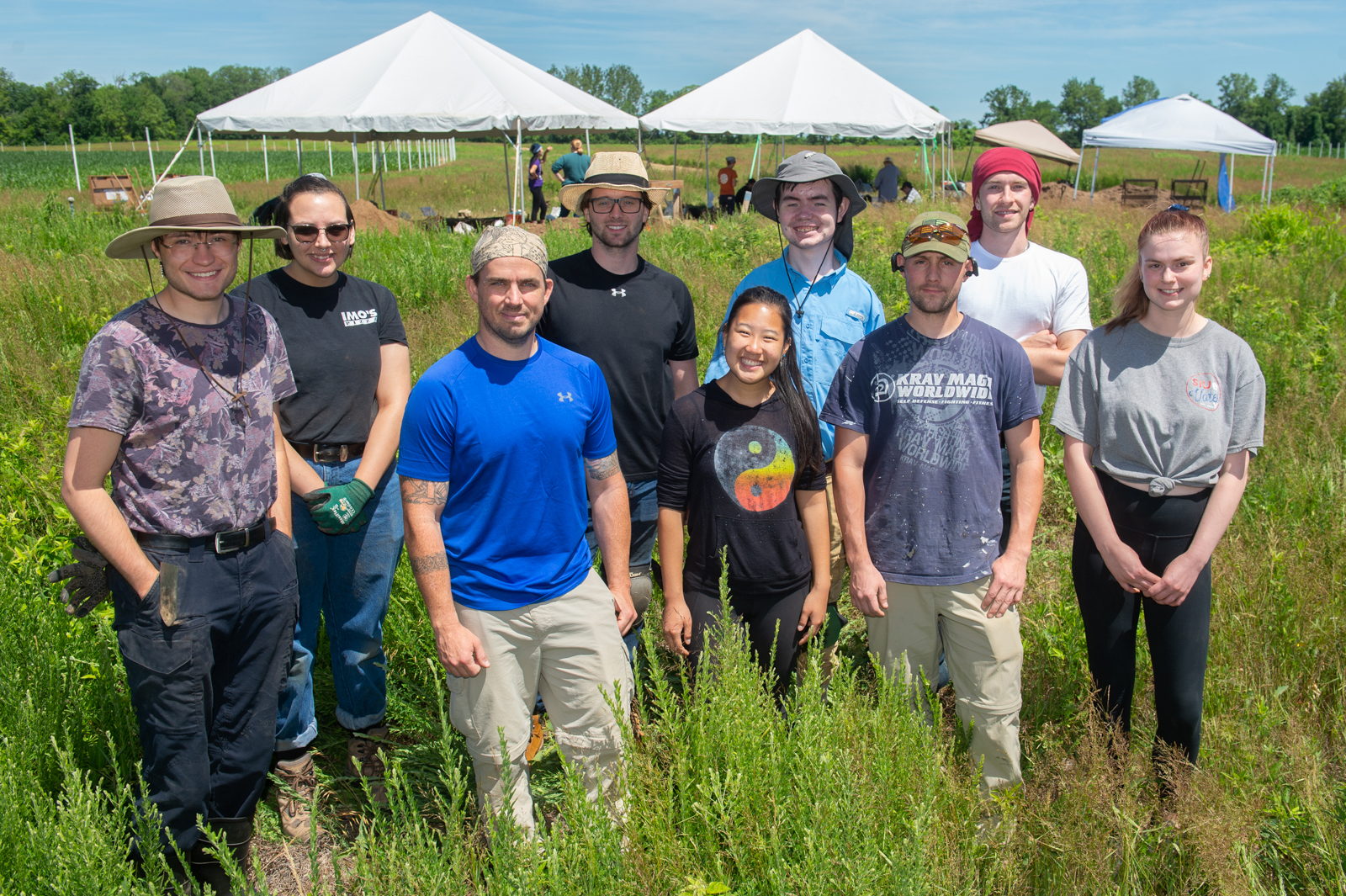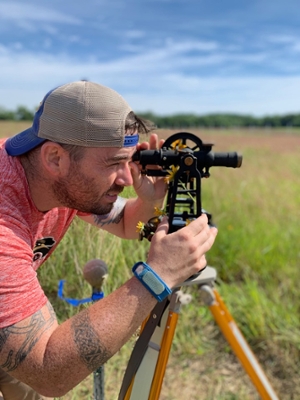Dr. Corey Ragsdale
Title: Associate Professor
Phone: 650-2933
Email: cragsda@siue.edu
Office: PH 0402
Degree : PhD - University of New Mexico
Advising: Biological Anthropology
Teaching Interests
As a bioarchaeologist, I teach courses in biological anthropology, as well as those that share a focus in archaeology. I also teach courses related to forensic anthropology, and a field school course in Mortuary Archaeology (ANTH 474). I am also an evolutionary anthropologist, and teach upper-level courses related to human variation and human biology. My courses include a lot of hands on, laboratory experiences, while also encouraging the use of critical thinking skills. All of my courses incorporate themes related to understanding skeletal (and dental) biology, human variation, and evolution, while also including archaeological research and theory. Some of the courses I teach also contribute to the Forensic Science (ForSci), and Native American Studies (NAST) minors. Several of my courses are also relevant to students interested in health and medicine. Nearly all of my courses fill with students from various concentrations and backgrounds, which enriches the classroom and laboratory environment.
Courses Taught
- ANTH 111A: Human Ancestry and Adaptations
- ANTH 333: New World Cities and States (NAST)
- ANTH 360: Biological Anthropology Method and Theory
- ANTH 366: Human Variation (ForSci)
- ANTH 368: Archaeology of Death (ForSci)
- ANTH 369: Introduction to Forensic Anthropology (ForSci)
- ANTH 468: Dental Anthropology (ForSci)
- ANTH 469: Forensic Anthropology Applications (ForSci)
- ANTH 474: Biological Anthropology Field School (ForSci)
- ANTH 489/491: Senior Research Project/Professional Internship
Personal History
I am the first generation in my family to get a college education. Before going to school, I served as a combatant in the United States Army, and was deployed to numerous countries. My experiences overseas fostered a deep curiosity in human populations around the world. Why were societies so different from place to place, but also so much the same? I decided to go into academia during my undergraduate training, when I took some very interesting courses in Anthropology. I was originally trained as an archaeologist, but developed very strong interests in biological anthropology in graduate school at the University of New Mexico. While in graduate school, and while teaching at the University of Montana, I participated in forensic casework as well. Since then, I have devoted my career to better understanding human variation and human social complexity as it is seen over time. My recent inclusion to the Coalition for Archaeological Synthesis (CfAS) for understanding human migration has allowed for more opportunities for me to learn more about mobility as part of the human condition.
Research Activities
I am primarily a bioarchaeologist, so I am primarily interested in studying the lifeways of people in the past. The dead can tell us so much about human history, which also gives us insight into why we are the way we are. Are the socio-political issues we see in our own society unique to here and now? By looking at past populations from various civilizations around the world, and comparing them to modern populations, we are better equipped to answer broad questions such as this.
My specific areas of research include investigating migratory patterns of past populations, and how these patterns are influenced by various political, economic, and ideological processes. To do this, I specialize in human skeletal and dental variation, and have developed innovative statistical techniques related to biological differences among populations. I am also interested in population health and violence, broadly, and how they are also influenced by socio-cultural factors. My main geographic areas of interest include Mexico, the American Southwest, and Central Europe. My contribution to research on migration has recently become more global and trans-temporal with colleagues I have made through various scholarly and community networks. My interests expand beyond academia, and I am increasingly involved in various community-based projects. One such project contributed to the documentation, return, and reburial of skeletal remains representing over 800 individuals. My bioarchaeological work has also assisted with the documentation and repatriation of human remains to various tribal administrations in accordance with the Native American Graves Protection and Repatriation Act (NAGPRA). I also contribute to the field of forensic anthropology and medico-legal investigation. I am the director of the Anthropology Research and Teaching Labs, as well as the newly established and equipped Forensic Anthropology and Bioarchaeology Lab (FABL).
Select Publications
Ragsdale CS, Willermet C, and Edgar HJH. 2019. Detecting population replacement in Colonial Valley of Mexico and Morelos. International Journal of Osteoarchaeology.
Ragsdale CS, Edgar HJH. 2018. Population Continuity and Replacement in the prehistoric Valley of Mexico. In C Willermet and Cucina (editors), Bioarchaeology of Pre-Columbian Mesoamerica: An Interdisciplinary Approach. University of Florida Press.
Ragsdale CS, Noldner LJ, Edgar HJH. 2018. Changes in population structure in the Jemez Region. In A Stodder (editor), Readings in Southwest Bioarchaeology. Global Bioarchaeology Series. University of Florida Press.
O’Donnel A, Ragsdale CS. 2017. Biological distance analysis and the fate of the Gallina in the American Southwest. Kiva: Journal of Southwestern Anthropology and History 83 (4): pp 515-531.
Ragsdale CS, Melgar-Tisoc E, and Edgar HJH. 2016. Origins of the skull offerings of the Templo Mayor, Tenochtitlan. Current Anthropology 57: 357-369.
Ragsdale CS, Edgar HJH. 2015. Cultural interaction and biological distance in Postclassic period Mexico. American Journal of Physical Anthropology 157: 121-133.
Segue Radio Show
- Click here to hear Segue episode "Anthropology Professor Discusses Life and Death" with Dr. Ragsdale and Dean Budzban.
- Click here to hear Segue episode "SIUE's Ragsdale on the Study of Human Migration" with Dr. Ragsdale and Dean Budzban













